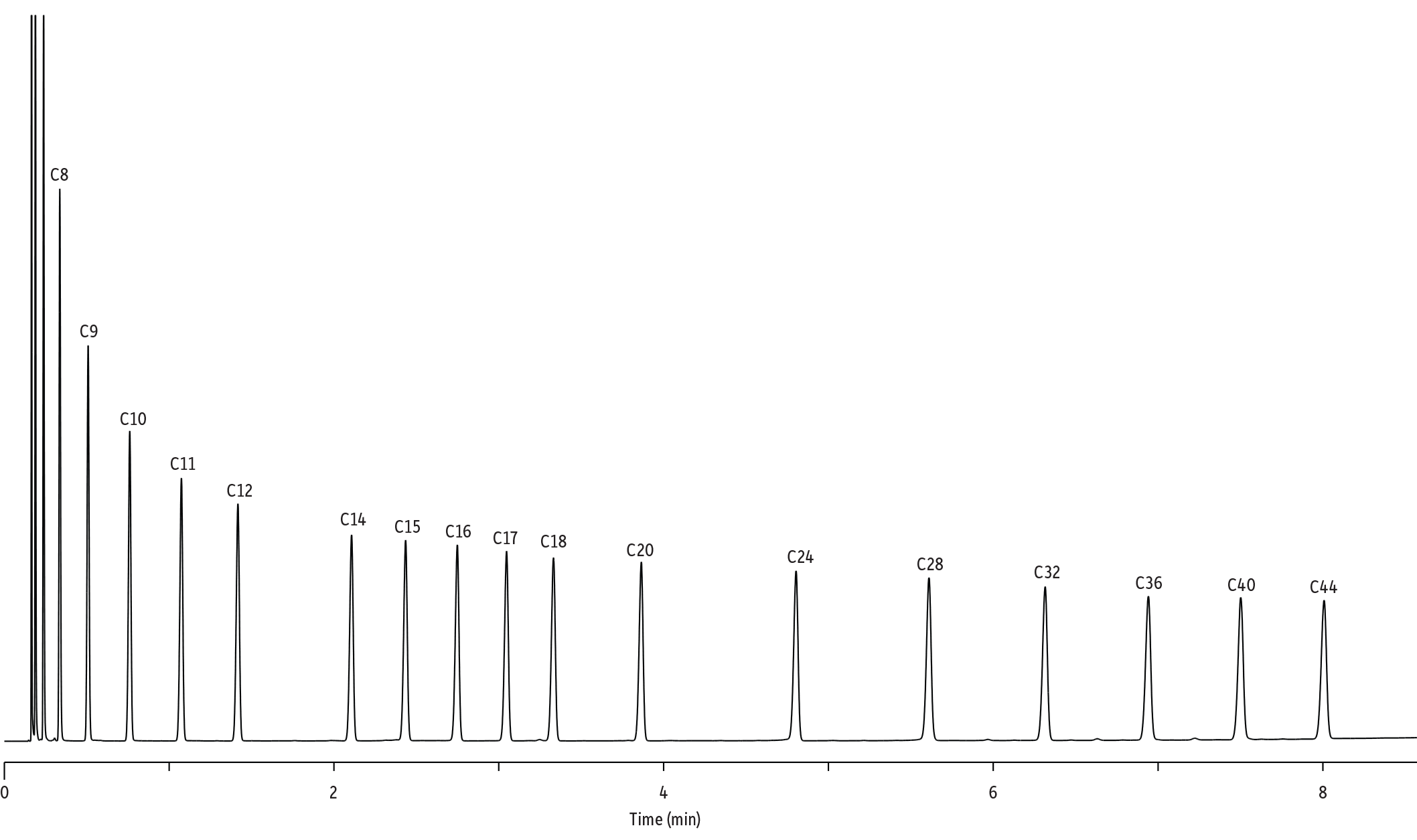

Since the concentrations of A, B and IS are known, the results can be used to calculate the RRFs of A and B with respect to the IS thus: RRF A = Response factor A / Response factor IS RRF B = Response factor B / Response factor ISģ) Make up a sample of the unknown and a known concentration of IS and inject into the GC. The same concentration of IS should be used in the calibration and analysis samples.Ģ) Introduce the calibration sample into the GC. A simplified procedure is:ġ) Prepare a calibration sample, which should contain compounds A and B at a known concentration. Once the calibration is complete, the sample can be analysed and the concentrations of A and B in the unknown sample determined. To determine the ratio of two compounds A and B in a sample, first the GC has to be calibrated. It must be inert to the sample and must not react with the sample or any solvent used to dilute or prepare it for GC. Internal StandardĪn internal standard (IS) is a compound that is similar in physical and chemical characteristics to the sample being analysed. A discussion of how RRFs are used in pharmaceutical R&D involving GC can be found in Rome and McIntyre (2013). Using RRFs is beneficial when one of the samples is an internal standard - a calibration then allows multiple analyses to be run on different samples.

The RRF can be used to calculate the unknown concentration of analyte A in the presence of a known concentration of analyte B using the following equation: Concentration A = Peak area A / Peak area B x 1 / RRF x Concentration B The response factors calculated for each analyte are then used to establish the RRF between the two analytes thus: Relative Response Factor (RRF) = Response Factor A / Response Factor B One of the easiest ways to eliminate variation in the response factor is to use relative response factors and an internal standard to calibrate the GC. Therefore, for reproducibility in sample measurements, a method of eliminating variability in the response factor must be used. Response factors are important when using GC for quantitative analysis. Quantitative analysis is the determination of a compound’s concentration in a sample (analyte). It is important to remember that variations in a gas chromatography (GC) system and analysis methodology can be the cause of a deviation in the response factor. While there are several ways to quantify the peak, one of the most common is peak area, thus: Response Factor = Peak Area / Concentration A chromatogram will show a response from a detector as a peak. In chromatography, a response factor is defined as the ratio between the concentration of a compound being analysed and the response of the detector to that compound.


 0 kommentar(er)
0 kommentar(er)
